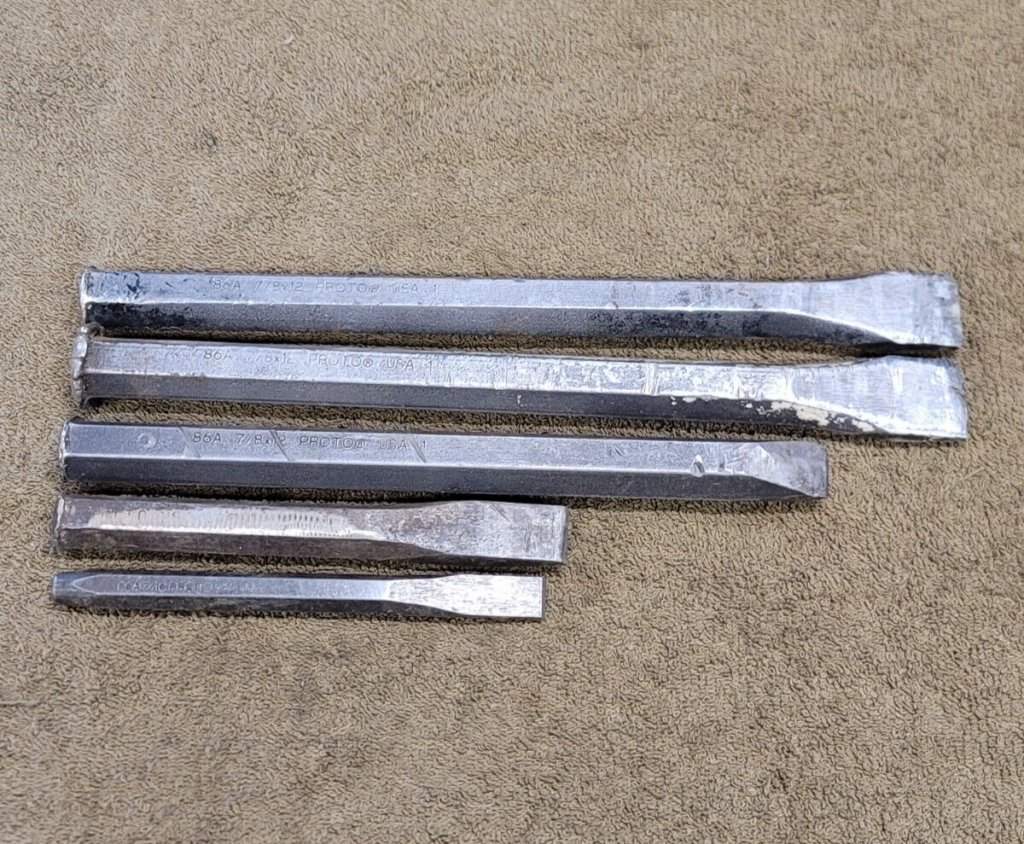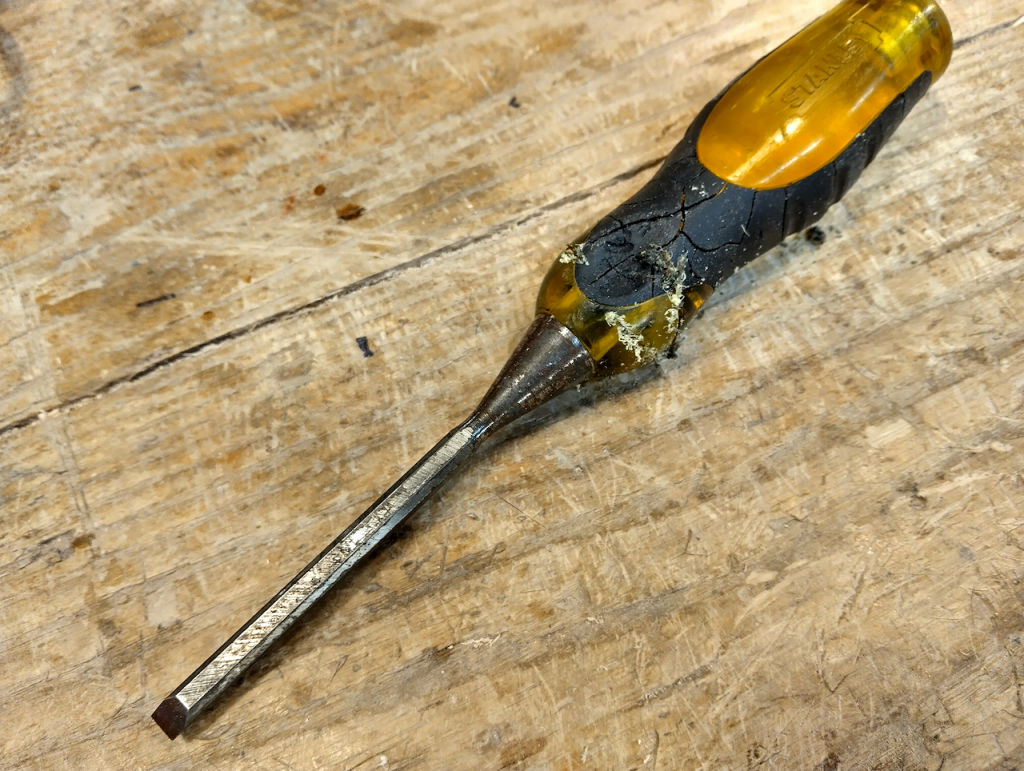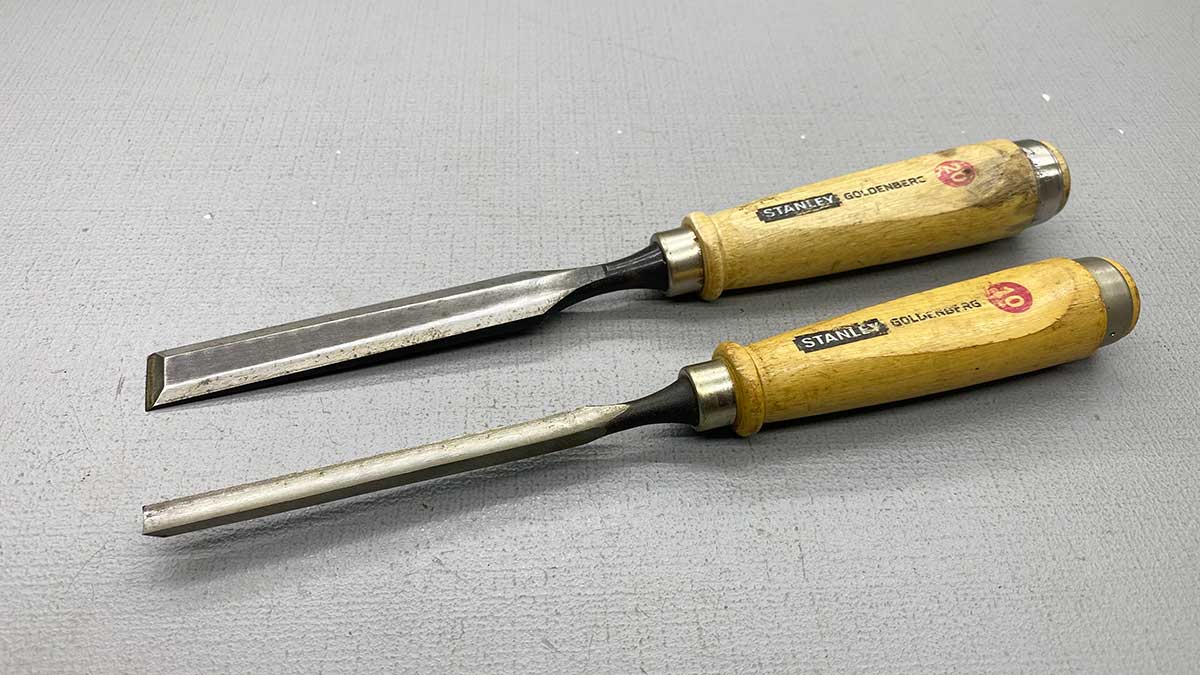In woodworking, carpentry, and metalworking, the chisel stands out as an essential hand tool for achieving precision and detail. Whether you’re carving intricate joinery, shaping wood, or cutting through metal, the chisel provides the sharp control needed to bring craftsmanship to life. Available in various shapes, sizes, and materials, choosing the right chisel is crucial for both efficiency and accuracy in any project.
History and Evolution of the Chisel
Chisels have ancient origins, dating back thousands of years to when early humans used sharpened stones and bones to cut and carve materials. As civilizations advanced, metal chisels made of bronze and later iron became widespread. By the Middle Ages, chisels had become specialized tools in the hands of skilled artisans, from stone masons to master carpenters.
Today, chisels are manufactured with high-carbon steel, chrome-vanadium alloys, and tempered metals, providing longer-lasting edges and greater resistance to wear. Ergonomic handles made of wood, plastic, or rubber have been introduced to increase comfort and reduce fatigue during long periods of use.
Types of Chisels and Their Applications
1. Wood Chisels

Description and Use:
Wood chisels are essential tools specifically crafted for woodworking, used for everything from rough material removal to intricate detailing and precision joinery. These tools typically feature a sturdy handle and a flat, beveled steel blade sharpened to a fine edge. This design makes them ideal for a range of tasks, including paring, trimming, carving, and shaping wood. Depending on the task, wood chisels can be used by hand for delicate work or struck with a mallet for more forceful cutting.
Available in a variety of types—such as bench chisels for general use, mortise chisels for cutting deep, narrow slots, and paring chisels for fine shaving and finishing—each chisel is tailored to a specific aspect of woodworking. These tools are indispensable in cabinetry, furniture-making, and general carpentry, allowing woodworkers to achieve clean, precise joints like mortise and tenon, dovetails, or rebates.
Whether you’re cleaning up the edges of a joint, carving out intricate designs, or refining a surface, wood chisels provide the control and sharpness needed for expert craftsmanship. Their versatility and precision make them a cornerstone of any well-equipped woodworking toolkit.
Technical Characteristics:
- Blade Material: High-carbon steel, chromium-vanadium steel
- Blade Width: 6 – 38 mm (varies by type)
- Handle: Wood (ash or beech), plastic, or rubberized for grip
- Length: 150 – 300 mm
- Features: Beveled edge, sharpenable blade, socket or tang construction
- Price Range:
€5 – €60 (per chisel or sets)
2. Cold Chisels (Metalworking Chisels)

Description and Use:
Cold chisels are robust hand tools specifically designed for cutting and shaping hard materials such as metal, masonry, and stone. Unlike wood chisels, cold chisels are made from hardened, tempered steel to withstand repeated impact without deforming. They are used in conjunction with a hammer to deliver strong, forceful blows that chip away or split tough materials. The cutting edge is typically beveled and ground to a sharp point, allowing it to penetrate and shear through dense surfaces.
These chisels are particularly effective for cutting bolts, snapping off rusted fasteners, removing rivets, or breaking through masonry and concrete. In construction and metal fabrication, cold chisels are commonly used for onsite modifications, such as trimming metal components, cleaning up welds, or reshaping fixtures to fit specific requirements.
Due to their durable construction and ability to perform under harsh conditions, cold chisels are well-suited for demanding environments like job sites, workshops, and fabrication yards. Whether you’re altering metalwork, clearing away excess material, or breaking through stubborn surfaces, cold chisels offer the necessary combination of precision and brute force to get the job done efficiently and reliably.
Technical Characteristics:
- Blade Material: Hardened tool steel
- Blade Width: 10 – 25 mm
- Handle: Integral steel shaft (often without separate handle)
- Length: 150 – 300 mm
- Features: Tapered cutting edge, octagonal or round shaft
- Price Range:
€5 – €30
3. Gouges

Description and Use:
Gouges are a specialized subtype of chisel that feature a curved cutting edge, making them ideal for scooping, hollowing, and shaping wood. The unique curve of the blade allows for the creation of smooth, concave shapes, which is essential in both rough and detailed carving tasks. Gouges come in various sweeps (which refer to the depth of the curve) and widths, providing woodworkers with a wide range of options to achieve different effects, from broad cuts to intricate, delicate details.
These tools are indispensable in artistic woodcarving, instrument making, and furniture embellishment, where precision and the ability to shape complex curves are crucial. They are commonly used to carve out deep channels, create decorative patterns, or refine the contours of a piece of wood. Depending on the size and type of work, gouges can be used with a mallet to apply force or with hand pressure for more controlled, subtle movements.
In the hands of a skilled artisan, gouges enable the creation of stunning, detailed woodwork, whether for artistic carvings, functional items, or decorative elements. Their versatility makes them essential for any woodworker or craftsman working on fine detail or shaping complex forms in wood.
Technical Characteristics:
- Blade Material: High-carbon steel
- Blade Width: 3 – 25 mm
- Handle: Wooden or plastic, often with ferrule reinforcement
- Length: 150 – 250 mm
- Features: Curved blade profile, various sweep numbers
- Price Range:
€10 – €70
Common Applications in Carpentry and Construction
- Joinery & Cabinetry: Wood chisels for mortise-and-tenon joints, dovetails, and fitting trim.
- Metal Cutting & Fabrication: Cold chisels for cutting bolts, removing excess metal, and shaping sheet metal.
- Wood Carving: Gouges for shaping bowls, decorative work, and artistic sculpture.
- Demolition or Repair Work: Large wood or cold chisels used with hammers for breaking or chipping materials.
- Finish Work: Paring chisels for smoothing joints and final adjustments in cabinetry.
Conclusion
Chisels are among the most indispensable tools in both woodworking and metalworking. With their ability to cut, carve, and shape with accuracy, chisels are essential for professional carpenters, cabinetmakers, sculptors, and DIY enthusiasts alike. From fine detail work to heavy-duty cutting, there’s a chisel designed for every task.
Selecting the right chisel—whether it’s a finely honed bench chisel for delicate joinery, a tough cold chisel for metal, or a graceful gouge for carving—ensures both precision and control. When used with proper technique and care, a chisel becomes more than just a cutting edge; it becomes a trusted partner in the creative and constructive process of working with wood and metal.



